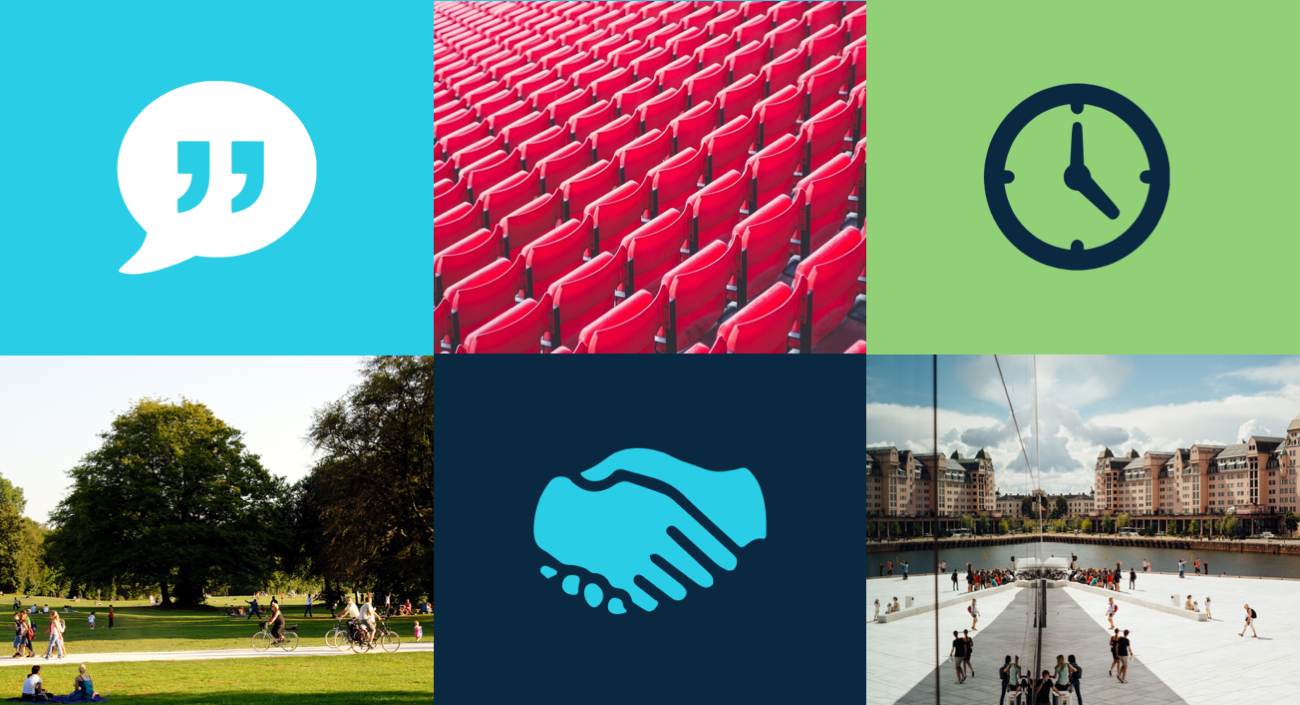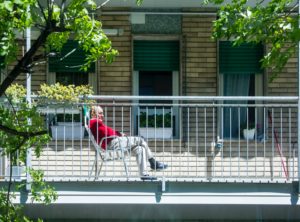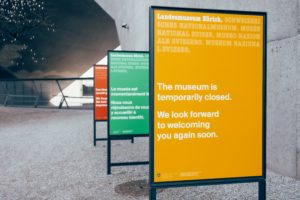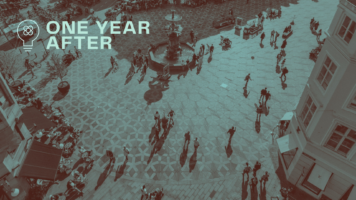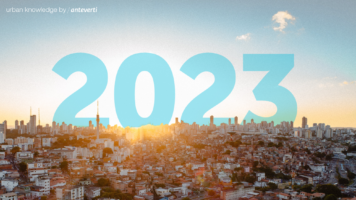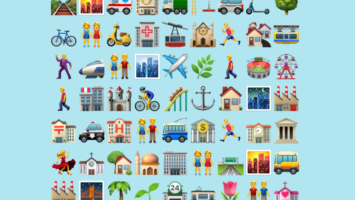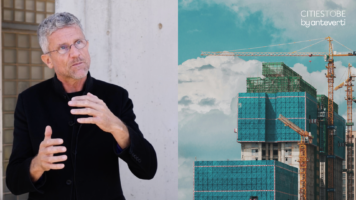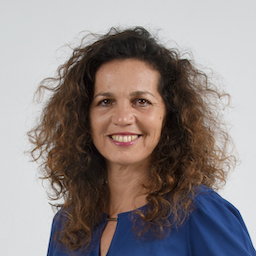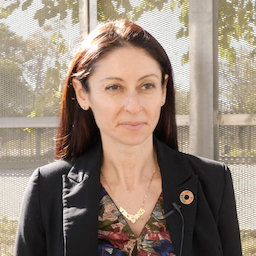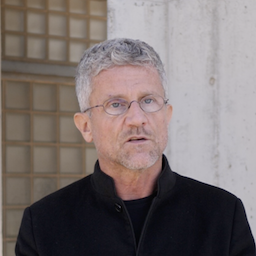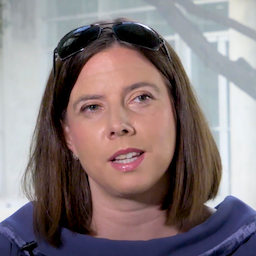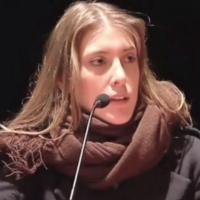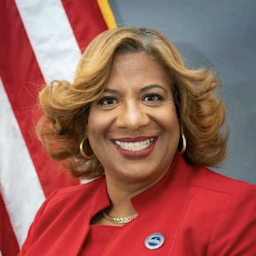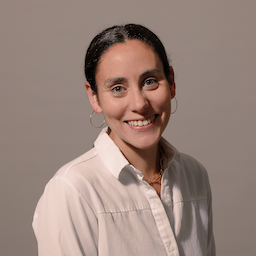Covid-19 and the future of cities: How are public space and social life going to change?
By | 2020
Editor’s note | This article was published in May 2020. For a more recent analysis on the urban impact of Covid-19, please check our new series ‘One Year After’: Urban Learnings from a Year of Pandemic — published in March 2021.
As it is known, the Covid-19 crisis will bring big social consequences which will radically change both our human relations and the spaces these inhabit. As the concentrated manifestation of the contemporary world they are, cities are going to be hit by this shifting paradigm.
Urban spaces will have to readjust their design and their infrastructures to the new reality. Also our social interactions will change. We will no longer have so much interaction with others when we go out. Some cultures –the warmest ones– will even have to change more dramatically. We wonder: What will happen with the two or three kisses, traditional in some Southern European countries? Or with the shake of hands, used in Anglosaxon cultures? This situation of “physical distance” will lead us to develop a more virtual life, where online platforms will become, even more, the new public sphere.
How is the future in our cities going to be? How is this crisis going to transform our public space and social life in cities? We do not know yet. The only thing we can do right now is to assess what is happening and learn from the outcomes in order to make cities better in the future.
1 | Placemaking:
Bringing People Together but Keeping Them Apart
A big part of urban planning’s history has consisted of managing our way out of infectious diseases and pandemics. Today, Covid-19 is challenging urbanization again, re-opening the debate regarding which city model is preferable: urban sprawl or urban densification. While densely populated and hyper-connected cities are more efficient and sustainable, they can amplify pandemic risk of transmission.
Thus, cities –especially densely populated ones– will need to create and adapt public environments and infrastructures to be livable, safe, agile and adaptable. Hence, tactical urbanism –short-term, low-cost, and scalable interventions– can play a big role in shaping and implementing pilot projects. Likewise, community involvement is essential as it allows for the acquisition of local knowledge while ensuring public compliance with policy decisions.
2 | Adapting Urban Environments to New Necessities
Due to the Covid-19 pandemic, both urban facilities —public transport, leisure, shops, etc.— and public spaces will have to adapt so all preventive measures are fulfilled.
Indoors, regulations will be more rigorous: cleaning and disinfection will be done with higher frequency, new measures such as hand sanitizers use or shoe sole cleaning will be implemented, and their capacity will need to be reduced to comply with physical distancing. Additionally, protective equipment —masks, gloves, screens, sensors, etc.— and access control methods will be installed to avoid any risk of transmission and infection.
3 | Housing as a Right & Multifunctionality as a Must
Stay-at-home policies are exacerbating inequalities as large parts of the worldwide population live in slums or do not have a home at all. To top it off, common places to find shelter or bathrooms —libraries, gyms— are closed. Consequently, as the coronavirus spreads, these groups are the most vulnerable.
This leads to the conclusion that, after Covid-19, the design of indoor environments will have to change. If people are to spend more time indoors, homes will need to accommodate more uses. Apartments will have to be properly ventilated and better lit in order to improve living conditions and avoid entirely sealed buildings recirculating pathogens through their systems. Shared spaces will need to be rethought as well.
4 | Adjusting Everyday Life to the “New Normal”
The pandemic affected almost every aspect of people’s life, and at the moment, going back to old habits does not seem a possible scenario. So what will the “new normality” look like?
Local and international mobility will be monitored and controlled, while cities are already trying to reorganize flows, reschedule working and school activities to avoid concentrations during rush hour. We will have to get used to new routines and social behaviors, which could radically change our way to use the public space.
The psychological effects of stay-at-home policies and physical distancing will be strong, especially in those cultures where gatherings and open-air activities are at the core of social life. Everything considered normal until a few months ago could dramatically change, not only because of the new rules and restrictions, but also because of people’s fear to physically interact with others.
5 | Physically Apart but More Connected than Ever?
The “new normal” will also have a direct effect on the use of urban spaces, in a context where there will be a drastic shift from developing social life outdoors to being more confined. A higher consumption of Internet-based activities (online shopping, telemedicine, macro-events, arts and leisure, etc.) will become more usual. Despite the big challenges this shift will bring, it also represents an opportunity for all these activities to reinvent themselves by means of innovation and new technologies.
The counterside of this new virtual life’s technological high dependence will widen social inequality. As not everyone counts with appropriate Internet connection and digital devices, this crisis is an opportunity to rethink the future feasibility of telematic education and work models improvised during quarantine. In the applicability to the “new normal”, it will be essential to set up regulations that guarantee social inclusion.
6 | Care Economy:
Building More Resilient Communities
The health crisis has clearly revealed the vulnerabilities of the most disadvantaged groups. The need to respond to their necessities during the lockdown has demonstrated to be even more pressing than before. Many municipalities developed plans to support low-income families, elders or precarious workers, but at the same time bottom-up mobilization of neighbors’ associations and self-managed organizations revealed to be very important assets for local communities.
Nevertheless, as the lockdown ends, the structural socioeconomic problems that the coronavirus has revealed will stay. This demonstrates the importance of establishing safe ways to assist elderly people and to protect precarious workers or domestic caregivers, as well as supporting parents in reconciling their professional and personal life. Achieving this will represent a major step towards a more resilient society.
WHAT COMES NEXT?
THE TIME FOR MORE EQUAL AND RESILIENT COMMUNITIES AND ENVIRONMENTS
The pandemic crisis of Covid-19 has been the trigger to make visible a series of pre-existing social and economic problems of contemporary cities.
Social inequalities and class differences have manifested more obviously – with “essential” workers having to go out to work; housing conditions being very different for everyone during the confinement or the impossibility to access new technologies for several social groups. Issues that have made even more clear the fact that we live in an unequal society that is susceptible to collapse in front of any crisis.
If in the last decades the way how governments and corporations gather data from individuals for Big Data purposes has been on the agenda of all discussions, the Covid-19 crisis will widen the debate. The need for more discipline and new regulations can inevitably lead towards a situation of social control. In this new context, there will be a need to find a balance between establishing safety, health and well-being for everyone, but respecting the individual and collective freedom at the same time.
However, despite the impact Covid-19 is going to have in cities, we should really consider this crisis as an opportunity to rethink our cities and create more resilient communities and livable environments.
#Covid19 and the #FutureofCities: How are public space and social life going to change? – by @anteverti Click to Tweet!Want to keep reading about the urban impact of Covid-19?
Want to speak to our experts?
Drop us a line!
About the authors
Cristina Garrido is the CEO of Anteverti, director of CitiesToBe – Anteverti's knowledge platform, and curator of the international spin-offs of the Smart City Expo World Congress, with more than 18 years of global experience advising cities, companies, and other institutions in creating their strategic vision and developing it through innovation, creativity, management, and communication.
Cristina is a regular speaker and keynote at international conferences organized by the UN, OECD, European Commission, Urban Land Institute, and the Seoul Leaders Forum. She writes for numerous publications and has been an associate professor at the Universitat Oberta de Catalunya. She holds a Master's in Urban Sociology from Goldsmiths, University of London, completed the Ignite program in Business Innovation at the Stanford Graduate School of Business, and a BA in Visual Arts.
With a background in arts and urban studies, Cristina's expertise focuses on how innovation can be a tool for improvement, sustainability and strategic development of cities. She has written for several publications and, up until 2017, was an Associate Lecturer at the Universitat Oberta de Catalunya (UOC).
Mireia Tudurí is an expert in globalization, sustainable development and migrations. She has been working at Anteverti since 2018 as a consultant in the framework of several local projects, advising institutions such as the City Council of Barcelona or the Provincial Council of Barcelona. At the same time, Mireia works as Programme Coordinator of the editions of the Smart City Expo held abroad.
Before joining Anteverti, Mireia worked for the Barcelona Global association, where she collaborated in projects related to the attraction of talent and economic activity in Barcelona - with both an international and local approach -, as well as in communication tasks with the members of the association.
Mireia Tudurí holds a BA in Applied Languages (Universitat Pompeu Fabra and University of Westminster) and a Master in International Relations (IBEI).
Anna González is an expert in mobility, urban innovation, and citizen participation with over 8 years of experience leading studies and consulting projects. She is an economist with a master's degree in Territorial Planning and Environmental Management, and she has training in gender equality, project management, and urban cycling planning.
Since 2020, Anna has been advising local and international institutions and managing events at Anteverti, where she has contributed to the development of the Digital Future Society initiative and the Smart City Expo World Congress in Barcelona, as well as coordinating the program of its several international spin-offs in Qatar and Argentina. Previously, she worked at the URBANing consultancy.
Since January 2020 Eleonora Giorgi has been working at anteverti as Junior Consultant. Eleonora is interested in public space management and infrastructure development, more in particular in the role they can play in the shaping of more resilient and inclusive cities.
She is a graduate student in urban governance at Sciences Po Paris, Urban School, and she holds a Bachelor’s degree in Global Governance by the University of Rome Tor Vergata.
During her academic career, she also studied in Buenos Aires and Shanghai, and she participated to research projects on Mexico City and Antananarivo (Madagascar). These experiences allowed Eleonora to build a strong international and interdisciplinary profile, and an expertise in comparative urban governance.

